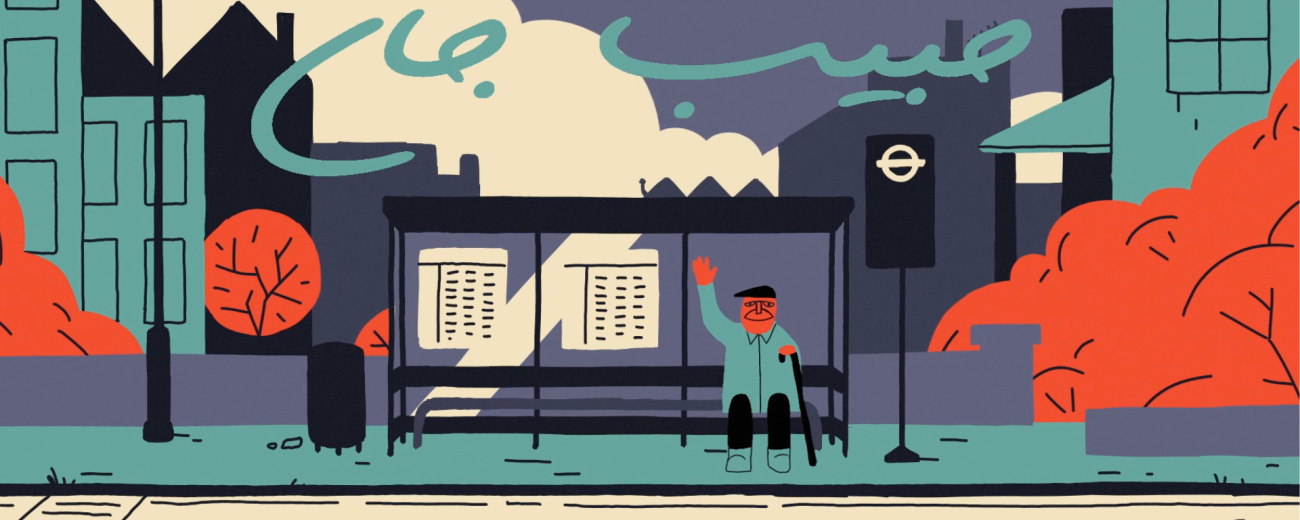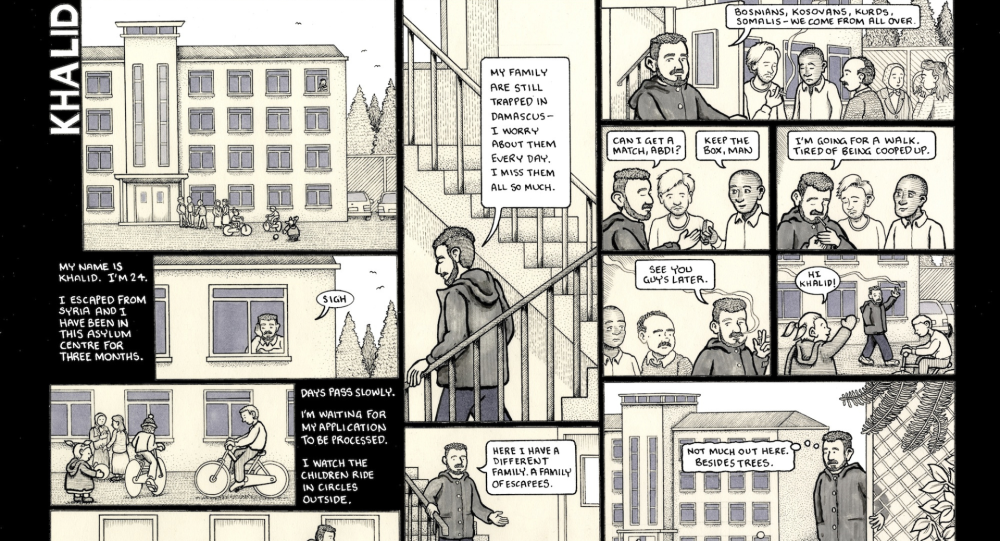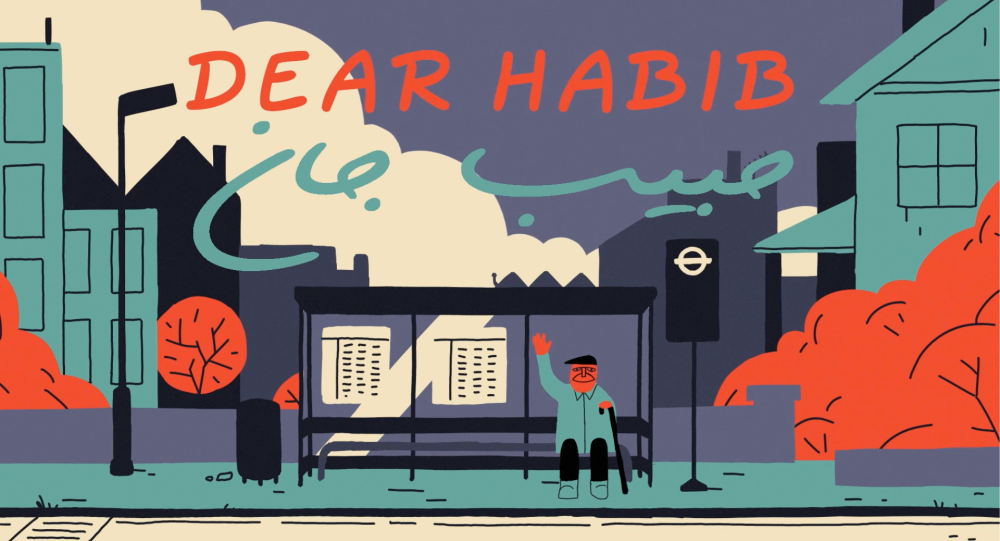The art of empathy: Three stories of migration


The Stories of Migration exhibition at the SOAS Gallery transforms complex research into compelling visual narratives. MA student Lilly introduces three featured artworks, highlighting how empathy drives and connects their storytelling.
Last term, I had the chance to meet with Dr Benjamin Worku-Dix, the Founder and Director of PositiveNegatives, to discuss the Stories of Migration exhibition currently on display at the SOAS Gallery. Not only do these illustrated stories represent years of ethnographic research and creative craft, but they also touch on three aspects of the migration experience: home, journey, and destination.
After speaking with the remarkable creative team behind the exhibition—including directors, animators, and comic strip artists—I was awed by the ways their artistry animates (sometimes literally) these critical themes. Here’s a look at some of these fantastic artists and the stories they tell.
Lindsay Pollock, Khalid Story
Three words to describe his artwork: “Observational, detailed, and empathetic.”
Khalid’s story is a part of the project A Perilous Journey, which highlights the experiences of Syrian migrants and refugees. The exhibition centres on one powerful illustration from the comic, where the character Khalid reflects on his time as a photographer during the Syrian Revolution.
Lindsay Pollock shared how his approachable illustration style allows him to tackle serious subject matters in a way that surprises his audience, engaging them in unexpected ways.
Majid Adin, director of Dear Habib
Three words to describe his artwork: “Resilience, hope, and empathy.”
Dear Habib follows the journey of a young Afghan refugee to the UK. At the same time as Habib mourns his parents, he struggles to feel at home in a new, unfamiliar community.
When I asked director Majid Adin what he hoped people would take away from the exhibit, he emphasised understanding—not only to communicate better but also to work together in this country.
Daniel Locke: Where Do I Live?
Three words to describe his artwork: “Stories, colour, and empathy.”
Daniel Locke’s comic strip presents the lives of three women living in a refugee camp in Northern Iraq, with a special focus on the role young people play in times of conflict and peace.
As if his artwork wasn’t enough, Locke also co-produced the exhibit with Dr Benjamin Worku-Dix. Stories like these, Locke noted, are “how we navigate our own lives and who we are. How we construct our identities and crucially. How we develop and build empathy for other people’s lives.”
Indeed, empathy is the key for the Stories of Migration creative team to transform complex research into compelling visual narratives so that the general public can better understand the challenges migrants and refugees face worldwide.
As artist Asia Alfasi explained, “I’ve kind of made it my mission to give voice to the voiceless—like a visual voice. And that's what I do…I love being able to give that visual voice to [migrants from the Arab world], to tell their stories in a way that makes them happy and makes them feel that they have been properly represented.”
Make sure you make it to the Stories of Migration exhibition before it closes on 22 March 2025. Entry is free and open to SOAS staff, students, and the public during library opening hours.
About the author
A.L. (Lilly) Clausen received an MFA in Writing from the University of San Francisco and a BA in International Political Economy from Sarah Lawrence College. She is currently an MA candidate in Cultural Studies at SOAS, University of London, where she researches the publishing industry through the framework of late-stage capitalism. When she's not lost in a good book, Lilly loves to sing, tap, and craft stories on the page.





